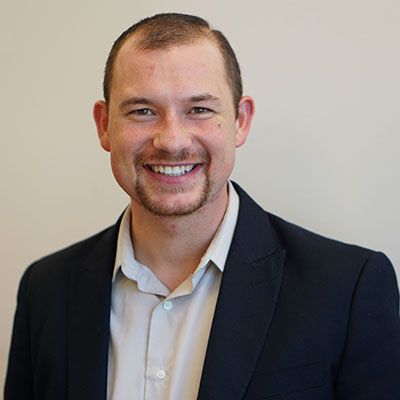It’s easy to get caught up in the allure of new technologies. Companies do a great job showing off the improved bells and whistles of their shiny new products. But the truth is, breakthrough innovations rarely come from the technologies themselves. Rather, they come from finding ways to use new technologies to rethink old patterns and processes.
For example, as Erik Brynjolfsson and Andrew McAfee explain in their book, The Second Machine Age, when factory managers first replaced the steam engines used to power manufacturing equipment with electric motors, the new technology had little impact on productivity. Initially, steam-powered factories organized equipment based on its proximity to a central steam engine, which powered the equipment through a branching system of axles, pulleys, gears, and crankshafts. When engineers electrified these factories, they merely replaced the central steam engine with a large electric motor. These new electric motors were less noisy and didn’t produce smoke, but they also were less reliable and didn’t improve productivity.
Productivity gains came decades later when factory managers took advantage of electric motors to change the layouts of their factories. Instead of clustering equipment around a large central motor, they began putting smaller motors in individual pieces of equipment and then organizing the equipment based on the natural workflow of materials. With these changes, productivity grew two to three times what it had previously been.
The story of factory electrification has a parallel in education technology. Edtech enthusiasts promote the benefits of innovations such as open educational resources (OER), learning management systems (LMS), and adaptive learning software. But when education leaders use these technologies merely as replacements for textbooks, gradebooks, and worksheets, they risk complicating teachers’ jobs with only marginal gains for students.
But edtech innovations hold real promise for improving student learning outcomes if education leaders use them to redesign classroom and school models in ways that transform teachers’ instructional practices. Today, the Clayton Christensen Institute published a case study that describes how Leadership Public Schools, a charter school management organization that operates three high schools in the San Francisco Bay Area, used technology to rethink how teachers’ delivered instruction in math intervention courses. One of LPS’s lead math teachers, Mike Fauteux, wanted to improve student engagement and address his students’ individual learning gaps, so he began experimenting with new instructional practices that used Google Sheets and OER to provide students with self-guided learning experiences. Fauteux’s blended-learning approach gave students more responsibility for their learning and helped them track their learning progress. It also gave Fauteux more opportunities to work with students one-on-one and in small groups to address their particular needs and help them develop important skills such as critical thinking, goal setting, self-advocacy, time management, personal organization, and perseverance.
Before long, Fauteux’s practices proved effective for increasing student engagement; shifting students’ mindsets toward math; and substantially increasing students’ mastery of math facts, skills, and concepts. With Fauteux’s success, LPS began spreading the spreadsheet-based technology and teaching practices to its other classes and schools. Before long, LPS 9th graders were making math achievement gains that were close to triple the growth norm of a nationally representative comparison group, as measured by NWEA MAP assessments.
LPS is a promising example of the substantial gains that can come from using edtech innovations to redesign instruction. But what will it take to help schools and teachers around the world adopt similar approaches and realize similar outcomes? Brynjolfsson and McAfee note that factories didn’t use electric motors to change their workflows until three decades after electric motors were first introduced—which was enough time for the managers from the steam-powered era to retire and for a new generation of managers to take their places. Does this mean that transformative instructional models will not come into the mainstream until the current generation of teachers and school leaders retire?
Fortunately, LPS provides encouraging evidence that an edtech-enabled boon in transformative teaching practices and improved student outcomes may not be so far off. After piloting and proving its instructional model, LPS partnered with an edtech company, called Gooru, to create a more robust and scalable technology for facilitating its practices. As the two organizations worked together, they intentionally designed the technology to be flexible so that it could serve as a bridge for helping teachers shift from traditional instruction to more personalized instruction. In order to make the software useable for teachers across the entire continuum of personalized learning practices, they added many features as optional extensions to the software’s core functionality. The Gooru software and LPS’s learning resources are available for free at gooru.org. LPS and Gooru hope that as teachers become familiar with the technology’s capabilities, they will gradually and naturally shift their practices toward more personalized instruction.
It remains to be seen how long it will take school systems to adapt their instructional models to capture the benefits of the latest edtech innovations. But as a starting point, schools and teachers who aim to pioneer innovative technologies and practices need to make sure they do not focus narrowly on looking for more sophisticated whiteboards, gradebooks, textbooks, and assessments. Instead, they need to leverage new technologies to rethink the format of traditional teaching in order to align classroom education with principles of learning science.
For more, see:


